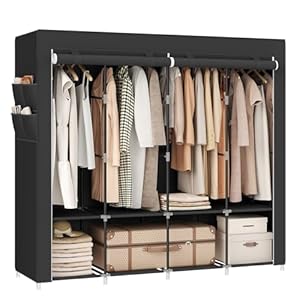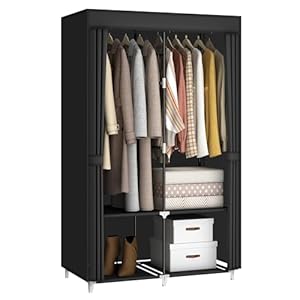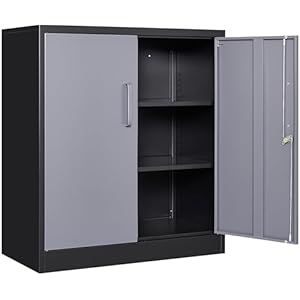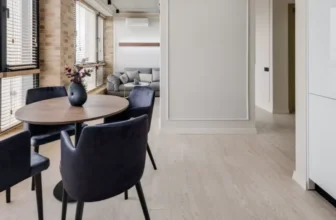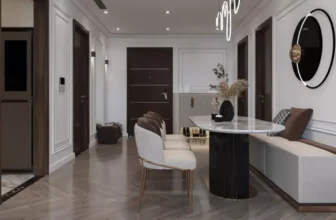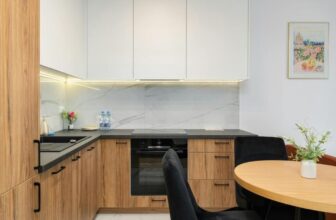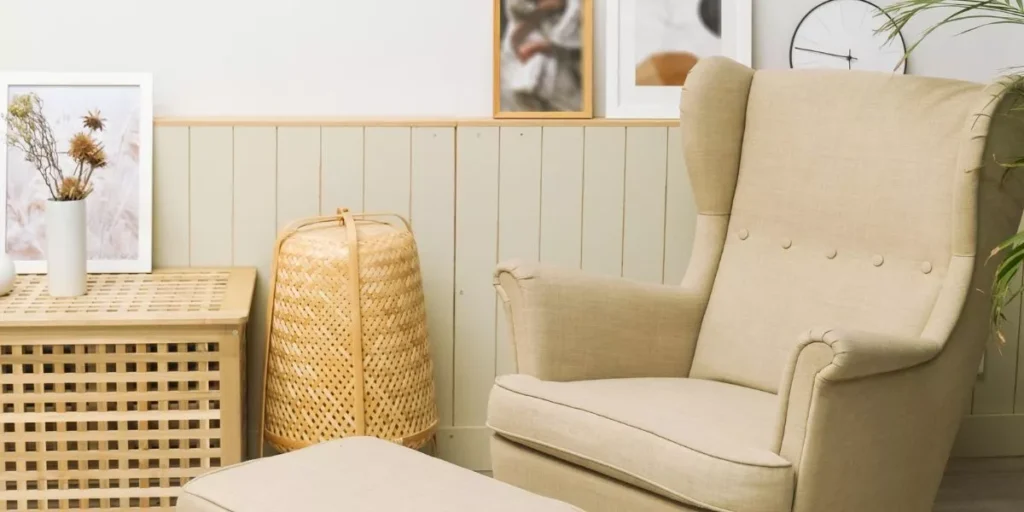
When tackling the challenge of furnishing vast, open areas, mastering zoning techniques is key. Imagine transforming a cavernous expanse into a harmonious blend of functional spaces, each with its own distinct character and purpose. By strategically arranging furniture, employing clever room dividers, and playing with lighting, you can unlock the potential of these expansive environments. But what if there’s more to it than meets the eye?
Furniture Placement Strategies
When arranging furniture in large, open spaces, consider creating distinct zones to define different areas and maximize functionality. Start by arranging your seating to form conversation areas. Place sofas and armchairs facing each other to encourage interaction and create a cozy atmosphere.
In the dining area, position the table centrally to anchor the space, and surround it with chairs that complement the overall style of the room. Utilize rugs to delineate specific zones within the room, such as a reading nook or a workspace. Opt for area rugs that are large enough to fit all the furniture in a particular zone comfortably.
To make the most out of your large, open space, consider incorporating multifunctional furniture pieces. Choose items like ottomans with hidden storage, extendable dining tables, or modular shelving units that can adapt to your changing needs. By selecting versatile pieces, you can optimize the functionality of each zone while maintaining a cohesive design throughout the room.
Remember to leave enough space between furniture groupings to allow for easy movement and flow within the space.
Use of Room Dividers
Consider utilizing room dividers to further define separate zones within your large, open space, enhancing both functionality and visual appeal. Room dividers come in various styles, such as folding screens, bookshelves, curtains, or sliding panels, allowing you to customize the look and feel of each area while maintaining an open layout. By strategically placing room dividers, you can create distinct areas for different activities like a cozy reading nook, a dining space, or a home office.
Room dividers not only help in organizing your space but also add a decorative element. Choose dividers that complement your existing decor and color scheme to tie the different zones together seamlessly. Additionally, room dividers can provide a sense of privacy and intimacy within a large room without the need for permanent walls. This flexibility allows you to adapt the space according to your needs, whether you’re hosting a gathering or seeking a quiet corner for relaxation.
Experiment with different types of room dividers to find the perfect balance between division and cohesion in your open space.
Lighting Techniques
To enhance the ambiance and functionality of your large, open space, explore various lighting techniques that can transform the atmosphere and highlight different zones effectively. Start by incorporating layered lighting, which combines ambient, task, and accent lighting to create a well-balanced and versatile lighting scheme.
Ambient lighting, such as overhead fixtures or wall sconces, provides overall illumination. Task lighting, like desk lamps or under-cabinet lights, focuses on specific work areas. Accent lighting, such as track lighting or spotlights, adds drama and highlights architectural features or artworks.
Consider using dimmer switches to adjust the light levels according to the time of day or the desired mood. Natural light is also crucial in large spaces, so maximize windows or skylights to bring in daylight and reduce the need for artificial lighting during the day. Additionally, integrating smart lighting systems allows you to control the lights remotely and create customized lighting scenes for different activities or occasions.
Color and Texture Coordination
Enhance the ambiance and functionality of your large, open space by strategically coordinating colors and textures throughout the environment. When designing the color scheme for your space, consider the mood you want to create. Warm tones like reds, oranges, and yellows can add energy and coziness, while cool tones like blues and greens promote relaxation and tranquility.
Textures play a crucial role in adding depth and interest to the space. Mixing textures such as smooth glass, rough stone, soft fabrics, and shiny metals can create a dynamic and visually appealing environment.
To avoid overwhelming the space, choose a dominant color for the walls or larger furniture pieces and then use complementary colors for accents. Integrate textures thoughtfully by layering rugs, throw pillows, curtains, and artwork to create a cohesive look. Remember that lighting can also affect how colors and textures are perceived, so ensure that your space is well-lit to showcase your design choices effectively.
Trending Products



